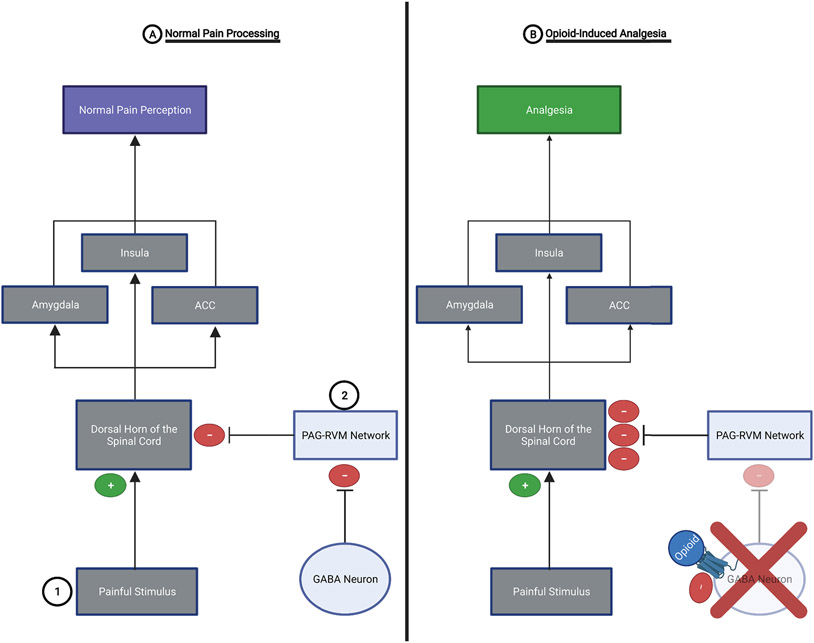Figure 9: Pain Processing with and without the Presence of Opioids:
A.) Normal Pain Processing: 1.) Spinothalamic pain pathway- painful stimuli activate nociceptors which propagate a pain signal to the dorsal horn of the spinal cord. The pain signal is then sent to the contralateral thalamus and then to the pain perception areas of the brain (e.g., insula, amygdala, and ACC). 2.) PAG-RVM network- exerts analgesic effects by inhibiting the pain signal at the dorsal horn of the spinal cord. However, the PAG-RVM network is inhibited by GABAergic neurons in the PAG and RVM.
B.) Opioid-Induced Analgesia: Opioids inhibit the activity of GABAergic neurons within the PAG and RVM, thereby removing the “brake” from the PAG-RVM network. This allows this analgesic system to exert potent inhibition of the pain signal at the dorsal horn of the spinal cord. This results in a weaker pain signal reaching the brain and a substantial reduction in pain perception (i.e., analgesia).

